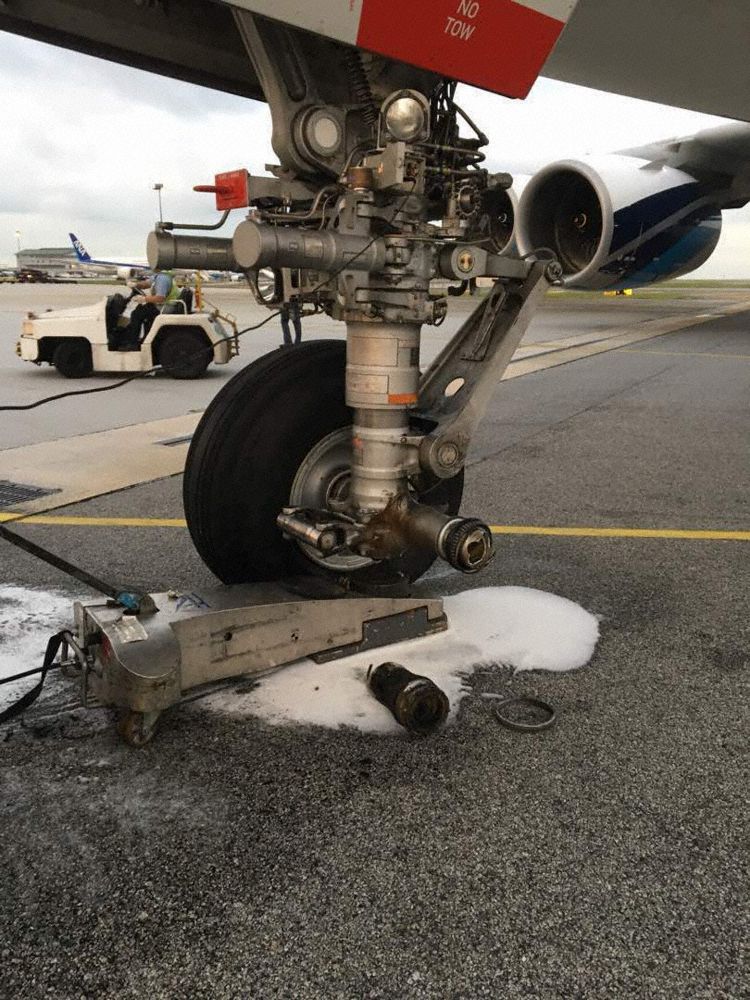Ca s'affine encore un peu chez FlightGlobal , selon David Kaminski-Morrow !
On reste sur la version de Ben Sandilands, avec des précisions !
On a boulonné comme des mules à Broughton, pour ratrapper qq différences de niveau entre la peau, et nervures et en forçant sur les equerres !
C'est la part qui devrait s'arranger facilement ...
Il faudra quand même ratrapper les différences de niveau ... ou caler chaque équerre F du "Jour" rencontré !
Le bon point, si l'on peut dire, est que les pépins sont plutôt localisés, et ne concernent pas l'ensemble de l'aile !
Evitant le schéma catastrophe du remplacement de milliers d'équerres !
Bon, Airbus n'est pas encore prêt pour donner le "Timing" pour ses prochaines actions, il faut leur laisser un peu de temps ...
----------- De Flight Global, un extrait et le lien -----------------
http://www.flightglobal.com/news/articles/three-factors-conspiring-to-stress-a380-wing-components-367394/
The airframer said the choice of alloy - designated 7449 - combined with a fastener interference-fitting process appeared to be generating the first type of crack in the feet. But a second type of crack - which EASA described as "more significant" - was also being created during the pull-down of wing skins, in the area of a butt-strap joint used between different lower skin panels.
In the region of rib 26 and stringer 21, larger-than-expected gaps - some 1.5-2mm rather than 0.5mm - between the sections involved in the pull-down had resulted in stresses being induced, leading eventually to cracking under the wear of normal airline operations.
Airbus executive vice-president for programmes Tom Williams said the interim fix being carried out on affected aircraft naturally relieved these stresses, and eliminated the problem.
"We have enough ribs and feet [to conduct the repairs]," he said. Williams added that a permanent solution would look at changing the alloy - although this would require thicker rib-feet and add some 89kg in weight - and amending the pull-down process.
"It's not a materials quality issue. It's not a production issue. It's the combination of both," said Airbus.
While 67 A380s have been delivered, some of the in-service fleet will be checked during routine maintenance visits before reaching the cycle threshold set by EASA.
"It has been determined that the [new type of] cracks may develop on other aeroplanes after a period of time in service," the directive states. The inspections are an "interim" measure, it adds, and further mandatory actions "might be considered".
JPRS












